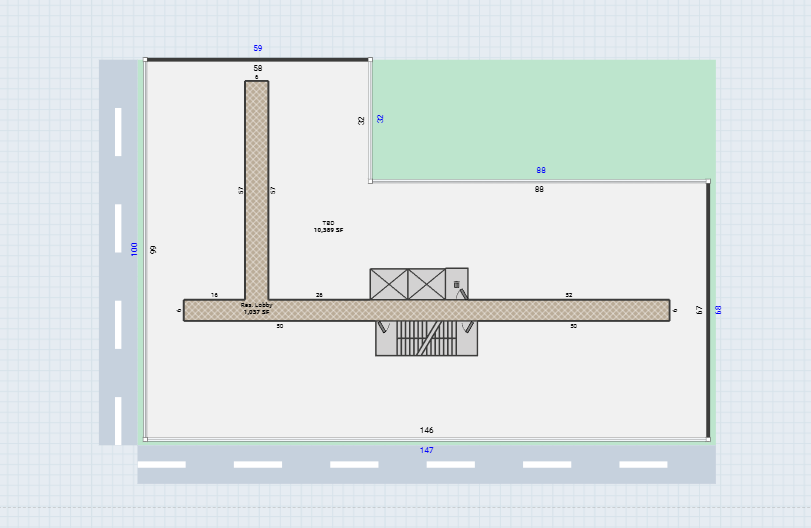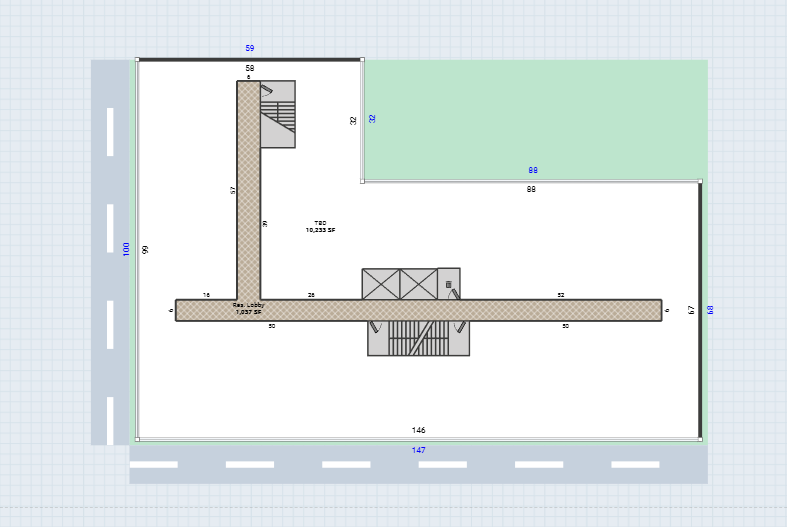Understanding the Red Indication in ArkDesign.AI: Ensuring Safe and Coordinated Vertical Circulation
In ArkDesign.AI, the red indication that appears when moving stairs or elevators represents a critical system safety feature designed to prevent vertical circulation conflicts across multiple building levels. Understanding this constraint is essential for effective core planning and overall building coordination.
The Importance of Consistent Vertical Circulation
Vertical circulation elements—such as stairs and elevators—must maintain consistent positioning throughout all building levels. This continuity ensures both structural integrity and code compliance. When the system highlights these elements in red, it indicates that the proposed relocation would create conflicts with other floor plates, where the circulation element would extend beyond the building footprint.

Why the Constraint Occurs
This constraint arises because vertical shafts penetrate through every floor type designated to include them. If any floor type features a smaller footprint or a configuration that cannot accommodate the shaft at its proposed location, the system automatically restricts the move. This safeguard prevents users from creating impossible or non-buildable conditions within the model.
Steps to Resolve Core Conflicts
Resolving red-indicated conflicts requires a systematic approach to core placement:
- Review all floor types that will include the vertical circulation element, confirming that the proposed location lies within the building footprint on every level.
- Adjust floor footprints where necessary to accommodate the optimal core placement and maintain design intent.
- Evaluate alternative core locations that might provide better coordination and balance across all building levels.

Using System Feedback for Optimization
ArkDesign.AI provides visual feedback through floor-type overlays, helping users identify and analyze core placement conflicts. By toggling between different floor type views, designers can understand how the core interacts with each level. This process often reveals opportunities to optimize building footprints, improving both circulation efficiency and overall design performance.

Professional Strategy for Core Planning
A key professional best practice is to establish core locations early in the design process. Treat these cores as organizing elements around which floor plate configurations can be optimized. This proactive approach not only prevents system conflicts but also leads to more efficient, coordinated, and code-compliant building designs.

